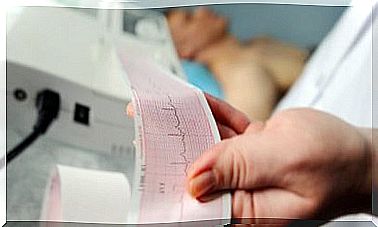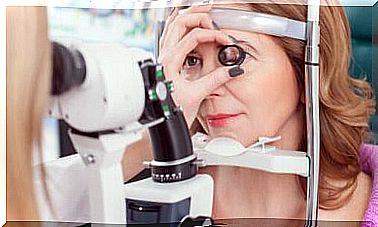Detection Of Congenital Anomalies In The Newborn
Science does not know the reasons why 50% of congenital anomalies occur. However, it is currently possible to detect them prenatally and prevent them in some cases.
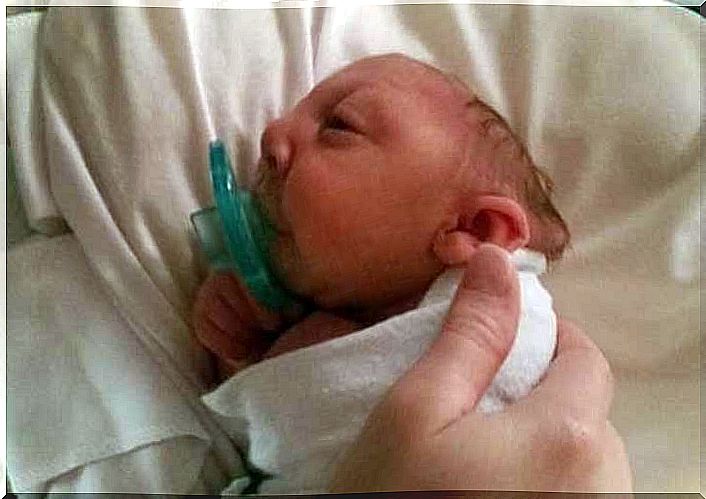
Birth defects can cause serious, chronic disabilities, and even death. According to the World Health Organization (WHO) 94% of birth defects occur in low- and middle-income countries.
The same entity indicates that every year 303,000 newborns die worldwide from congenital anomalies. Unfortunately, in 50% of cases it is not possible to establish the cause of the problem.
Most congenital anomalies have a better prognosis if they are detected early. There are now methods for discovering these defects before birth or for treating them appropriately in newborns.
What are congenital anomalies?
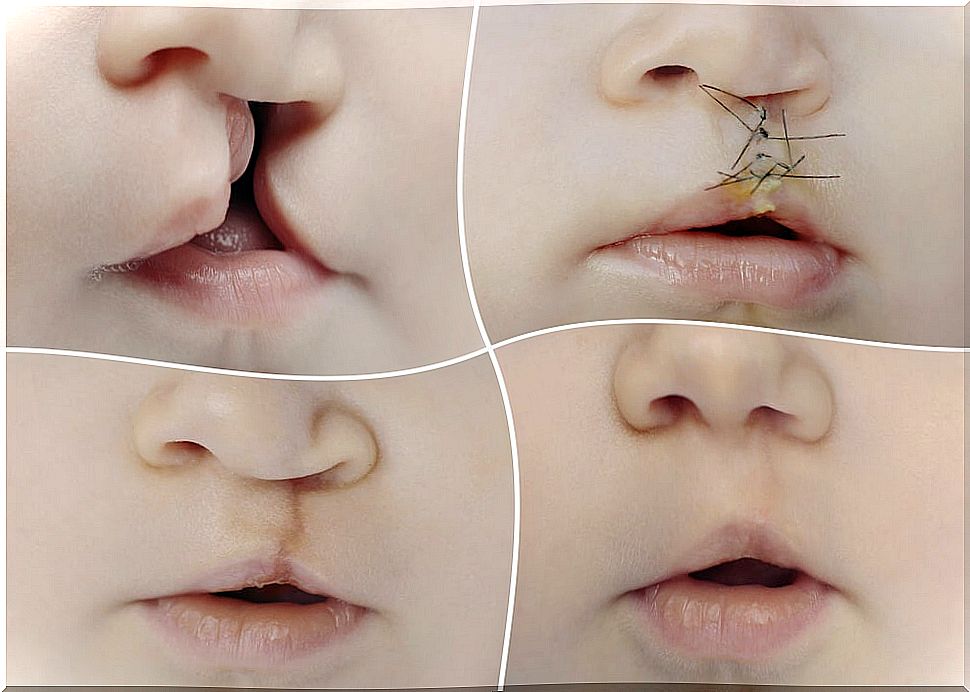
Some babies have problems with the formation of different parts of the body while they are still in the womb. This leads to malformations or dysfunctions. These are called congenital anomalies.
In a strict sense, congenital anomalies are defined as alterations in the conformation or function of any of the body’s organs. Sometimes these anomalies are visible to the naked eye, while other times it is necessary to do tests to recognize them.
There are more than 4,000 known genetic abnormalities. Some are mild and do not require any treatment, while others have serious consequences, including death. It is essential to detect them early to improve the prognosis.
Types of congenital anomalies
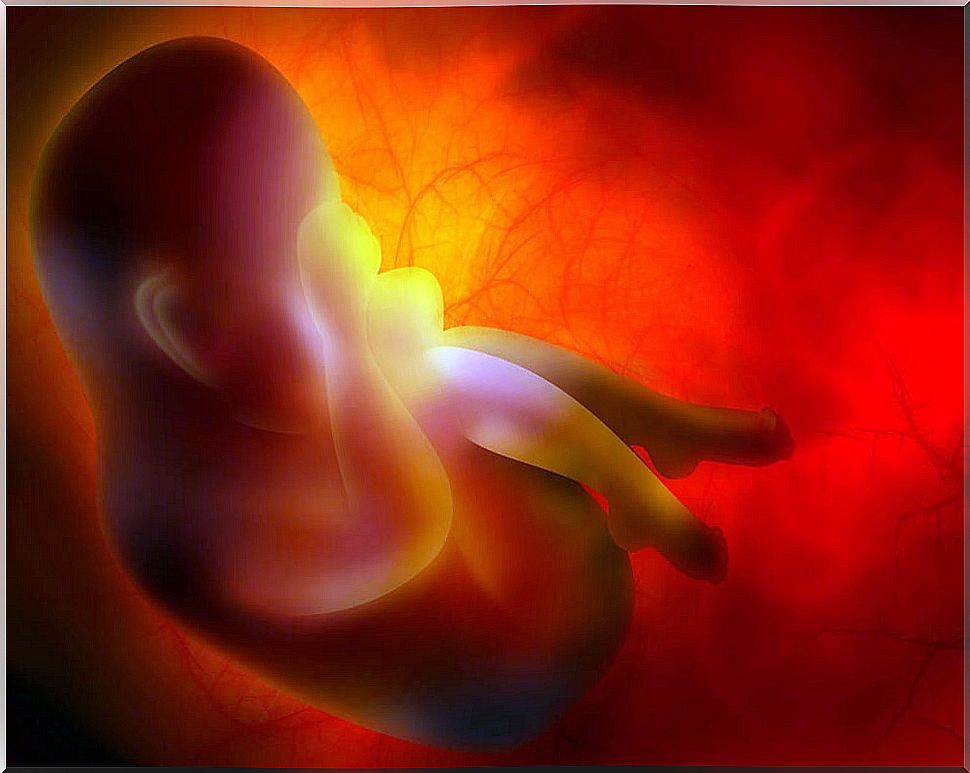
There are basically two types of birth defects: structural and metabolic. The structural congenital anomaly is one in which there is malformation or absence of any part of the body. It can be seen with the naked eye.
The metabolic congenital anomaly is one in which the body is unable to properly break down food to generate energy. Most of the time the cause for which they occur is unknown.
Examples of structural birth defects are heart abnormalities , spina bifida, cleft palate, clubfoot, and congenital hip dysplasia. Examples of congenital metabolic abnormalities are Tay-Sachs disease and phenylketonuria (PKU).
Newborn physical exam
The first measure to detect congenital anomalies is to perform a physical examination of the newborn. Such a screening is called a “standardized physical exam.” It is carried out routinely, immediately after delivery and on the third day of life.
The physical examination of the newborn includes the evaluation of the following parts :
- Head. The shape and size of the skull and ears are examined.
- Face. Facial movements, breathing, and response to external stimuli are checked. Also shape and size of the eyes, nose and mouth.
- Thorax. The symmetry of the torso and respiratory movements are assessed. Internal organs, particularly the heart and lungs, are also listened to.
- Heart. It involves listening to the heart, observing the nursing baby, assessing the pulse, and detailing the color of the skin.
- Abdomen. The integrity of the abdominal wall is verified. The navel and groin are also checked.
- Genitals and anus. The conformation, urination and the first stool or meconium are checked.
- Limbs. Spontaneous movements and form and composition are evaluated.
- Skin. An abnormal skin color is an indicator of other problems.
Not all striking features are synonymous with illness. Sometimes there are unusual physical characteristics that are inherited from the family and that do not suppose any pathology.
Screening tests
It is called screening a set of tests are performed to detect congenital anomalies that are not observable naked eye. Also those that correspond to diseases that have not yet manifested themselves.
The following tests are performed to carry out the screening :
- Hearing. The goal is to determine if the listening is correct. It is done with a special hearing aid in the newborn’s ear.
- Inborn errors of metabolism. They are abnormalities in the chemical functioning of the body. Its early detection allows early treatment to be started. They are verified by blood tests. They are done after the baby has eaten.
- Heart abnormalities. At 24 hours of life, a test called oximetry is performed to validate heart function.
Metabolic tests are usually done by taking a blood sample from the baby’s heel. Laboratory tests can detect diseases such as congenital hypothyroidism, galactosemia, sickle cell anemia, and others.





